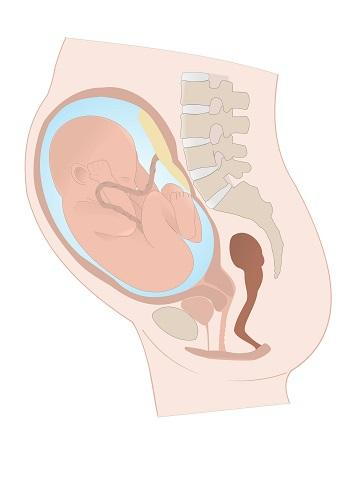At some point during the course of your pregnancy, you will create a birth plan with your OBGYN. In your birth plan, you will decide what you do and don’t want throughout the course of your labor and delivery. You’ll decide everything from whether you want a natural birth to where you want to deliver your baby. While our goal is to ensure that you have a smooth and healthy delivery that goes along with your birth plan, certain issues can arise that may change this course.
throughout the course of your labor and delivery. You’ll decide everything from whether you want a natural birth to where you want to deliver your baby. While our goal is to ensure that you have a smooth and healthy delivery that goes along with your birth plan, certain issues can arise that may change this course.
There are issues that can arise during labor that affect how it’s supposed to progress. A challenging or difficult labor may be known as dystocia or dysfunctional labor. When labor becomes extremely slow, it may be known as a protraction of labor. If labor stops progressing altogether, it’s called an arrest of labor. An arrest of labor is when the cervix hasn’t dilated over the course of two hours and the baby hasn’t progressed at all down the birth canal.
When this happens, your obstetrician may administer oxytocin to the mother, which can help stimulate contractions needed to progress and advance labor. The amount of oxytocin that is administered will depend on the mother and other factors specific to the woman.
Another factor to consider is if your child is in the proper position for a safe and smooth delivery. In most situations, the head is the first to go through the birth canal; however, there are times when the buttocks (also referred to as a breech delivery) or shoulders may go first. Based on your baby’s position, the labor may be more challenging than if they are in an ideal position (e.g. head first).
In the case of a breech delivery, where the feet or buttock are first, babies are more likely to become injured during a vaginal delivery. A breech delivery is more likely if the baby is born prematurely, if the mother has uterine fibroids or if there is a birth defect. In some cases, your obstetrician may be able to get the baby to turn during labor so that there are no complications with a vaginal delivery; however, for the healthy and safety of the mother and the child, a cesarean section is often performed.
It’s impossible to know what will happen during the course of your labor or delivery, but it’s important to be equipped with the knowledge you need to make informed decisions about your health and the health of your baby so you can have a smooth delivery. If you have questions or concerns, don’t hesitate to talk to your OBGYN.
